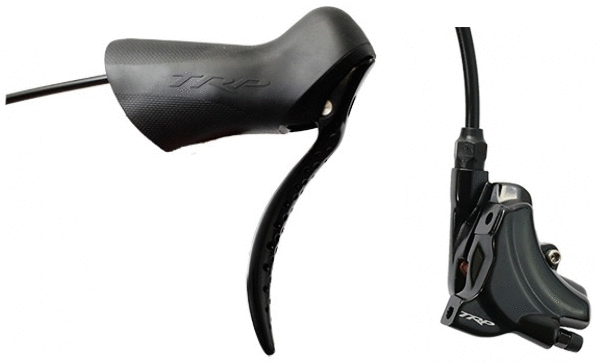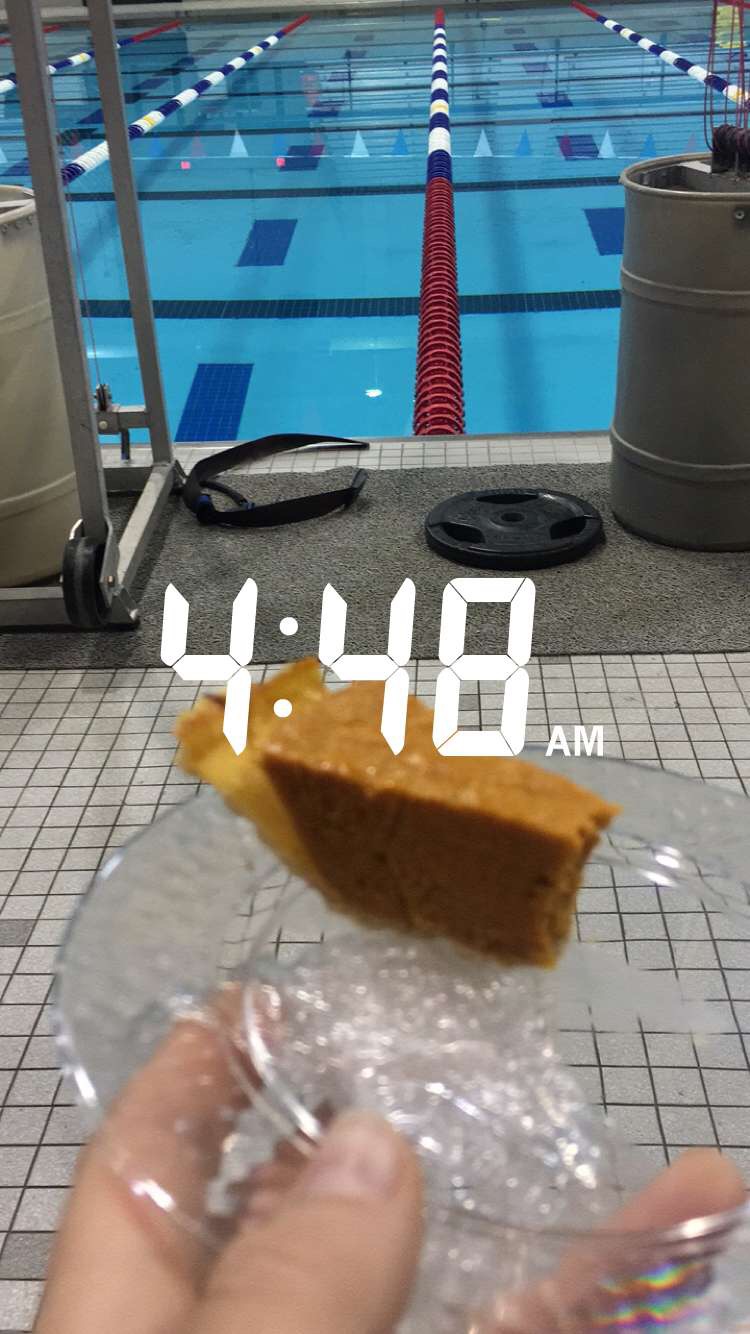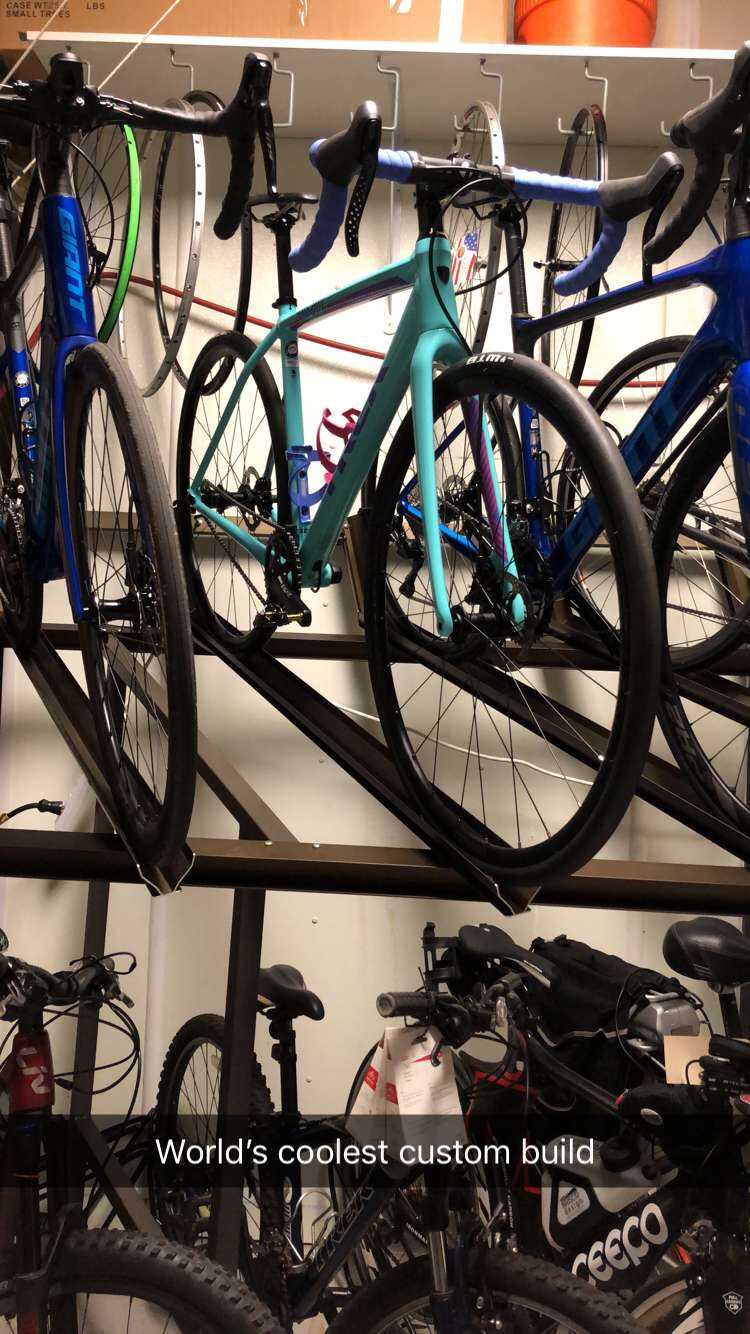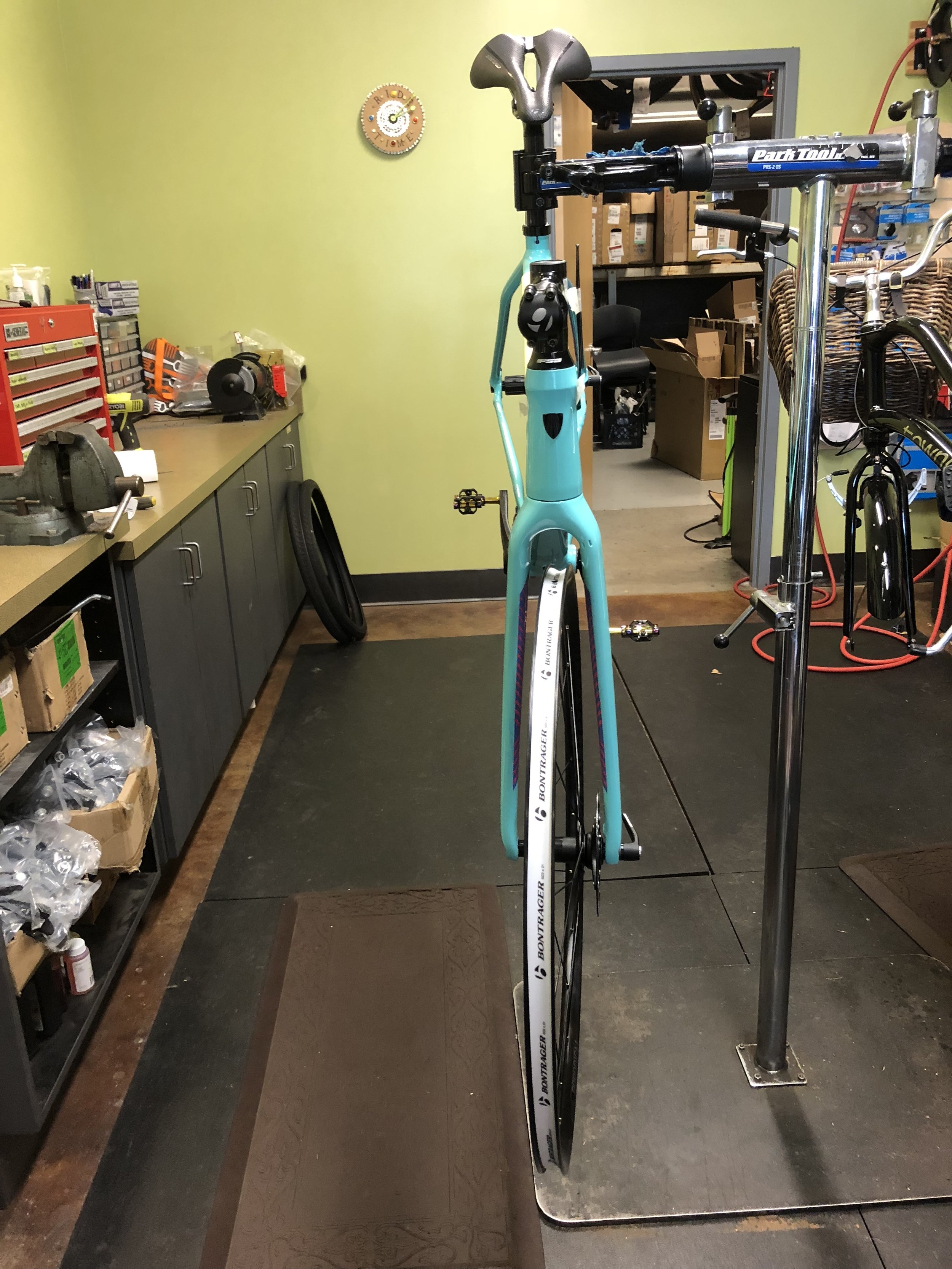When talking to my husband, I frequently hear how he does not understand my bicycle obsession, because it is just a bike. I understand, because I used to be him. Until I worked in a bike shop, I knew nothing of the different between my 8-speed Claris components and 10-speed Ultegra components and the new 11-speed groups. The only difference I knew was carbon fiber versus aluminum, and for me all that meant was weight savings.
The $700 Bike
My Trek Lexa purchased in 2012 brand new. It is a full aluminum frame and fork. It had Claris 8-speed components, externally routed cables, and aluminum wheels. This was my dream at the time. I had barely ridden a road bike. it was lighter than the mountain bike I had to ride around campus, and it was purple. It also came with pedals with toe clips and straps.
The $7000 (approximately) Bike
My Trek Madone. The first bike I bought for myself. It is a carbon frame, fork, steerer. It has lightweight aluminum wheels, Ultegra 11-speed electronic components, and is red, which automatically means it is faster. It is also an aero frame with hidden cable routing.
Where does the $6300 come in?
Carbon Frame & Fork - It is more responsive, stiffer, and absorbs vibration from the road better than aluminum.
11-speed components - The number of gears alone creates smoother shifting. In addition, this system being electronic means I can shift with the click of a button and there is not a long lever throw, especially for the front shift. This makes for faster shifting, especially going up hills.
Lighter Wheels - Another weight saving move. The wheels I have on the Madone are also a little stiffer and have a wider rim, so they fit 700x25 tires better the the ones on the Lexa.
Hidden Cable Routing - I am not talking about just cable routing that is mostly in the frame. I mean you don’t see the cables on this bike. This is not only protecting the cables, but it is also reducing some air drag (although if I shrink myself that does it too).
The Real Question
Does the $7000 Bike Make Me Happier?
I don’t know. I love both bikes. I tell people I will never get rid of my Lexa, because it was my first bike, but I would sell the Madone for the newer Madone SLR 7 Disc, and I would upgrade to carbon wheels, so I guess what I am saying is that you do get something for your money, but there is nothing that can beat the feeling of having something that is yours and allows you to feel as free as I did on that first bike. I have upgraded some parts of course like any good bike mechanic would on the Lexa.





















